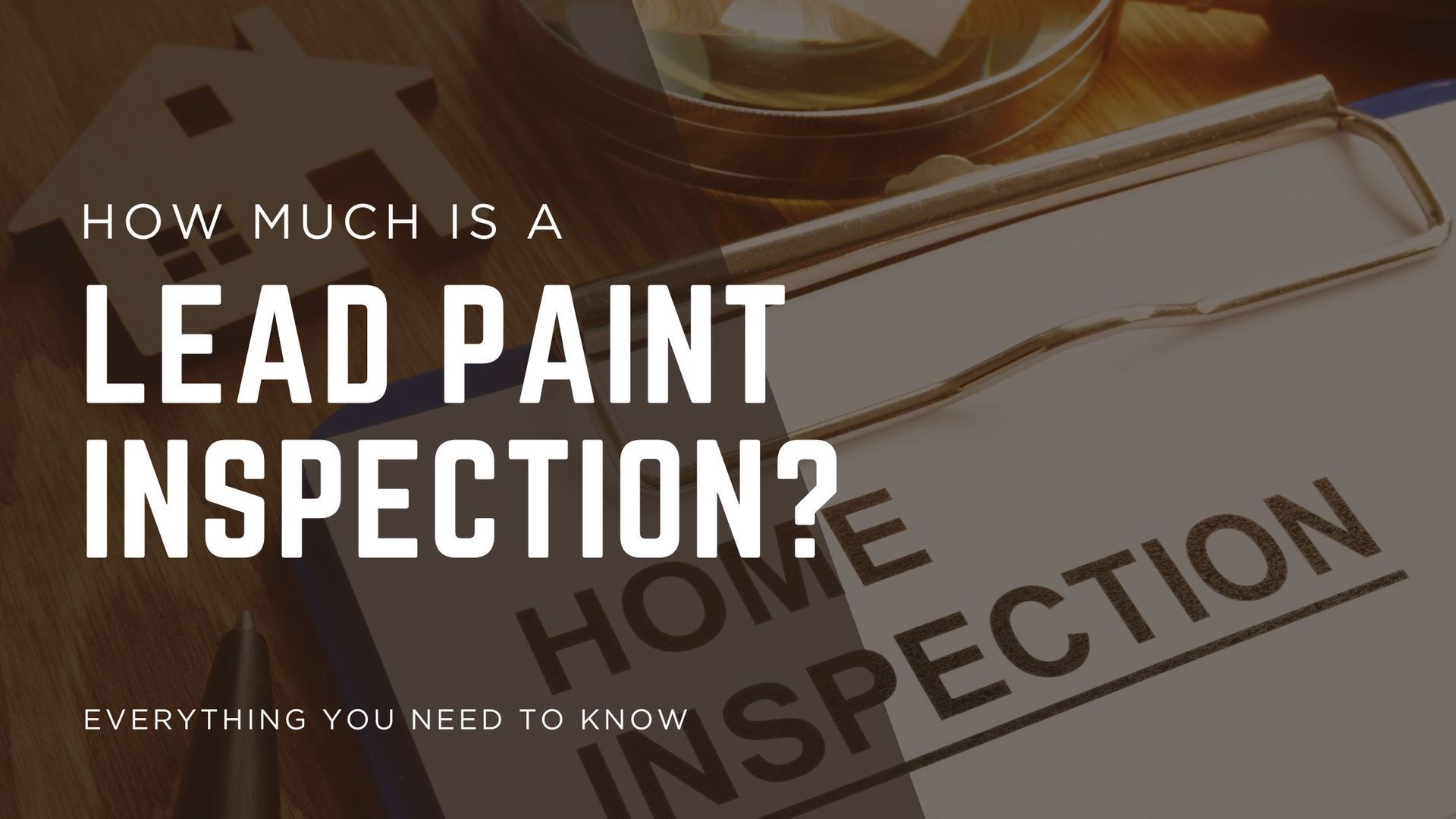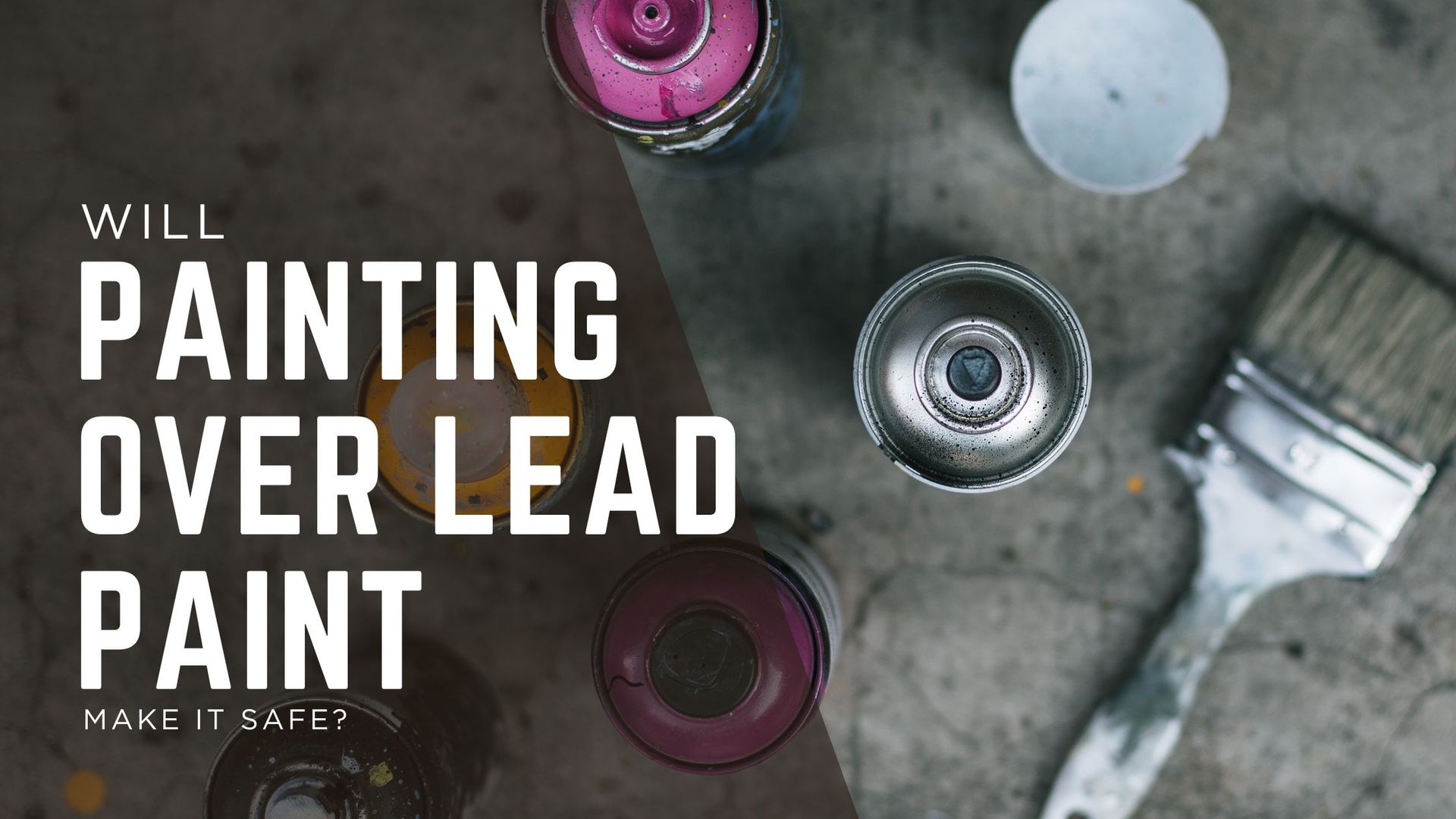Is an ACP 5 Form Always Necessary For Demolition or Renovation In NYC?
When embarking on any demolition or renovation project in New York City, property owners and contractors quickly encounter a labyrinth of permits and regulations. Among the most frequently discussed and often misunderstood requirements is the
ACP 5 form, formally known as the Asbestos Assessment Report. The common question arises:
Is an ACP 5 form always necessary for demolition or renovation in NYC?
The straightforward answer is "not always, but almost always, for properties built before April 1, 1987, and requiring a Department of Buildings (DOB) permit." While there are very specific exemptions, the default assumption for any project disturbing materials in older buildings should be that an asbestos assessment, leading to either an ACP 5 or an ACP 7 (Asbestos Project Notification), will be required.
Let's delve into the details, clarify the grey areas, and outline the scenarios where an ACP 5 is an absolute must, and those rare instances where it might not be.
The Foundation: Asbestos, NYC Buildings, and the Law
New York City's rich architectural history means a vast number of its buildings were constructed before 1987. This pre-1987 construction date is critical because it signifies a high probability of the presence of asbestos-containing materials (ACMs). Asbestos, while once valued for its fire-retardant and insulating properties, is now known to be a severe health hazard when its fibers become airborne and inhaled.
To protect public health and safety, the NYC Department of Environmental Protection (DEP) and the Department of Buildings (DOB) have established strict regulations under Title 15 of the Rules of the City of New York (RCNY) and various Building Code provisions. These regulations aim to prevent the uncontrolled release of asbestos fibers during construction activities. The ACP 5 form is a pivotal document within this regulatory framework.
What is an ACP 5 Form?
An ACP 5 form is a declaration, signed and sealed by a DEP-certified asbestos investigator, affirming one of two critical findings regarding a specific work area:
- No Asbestos Present: The assessed area contains no asbestos-containing materials.
- Asbestos Present, But Not to Be Disturbed: Asbestos-containing materials are present, but the scope of the proposed demolition or renovation work will not disturb them, thereby posing no risk of fiber release.
The ACP 5 effectively certifies a "non-asbestos project" as defined by NYC DEP regulations, specifically concerning friable asbestos (materials that can easily crumble and release fibers).
When is an ACP 5 Form "Always" or "Almost Always" Necessary?
The requirement for an ACP 5 largely hinges on two main factors: the age of the building and the need for a DOB permit.
- Building Age (Pre-April 1, 1987): This is the primary trigger. If your building was constructed or substantially altered before April 1, 1987, any renovation or demolition work disturbing existing building materials will almost certainly require an asbestos survey. The findings of this survey will dictate the subsequent steps, which typically involve an ACP 5.
- DOB Permit Requirement: If your demolition or renovation project, regardless of its size, necessitates obtaining a work permit from the NYC Department of Buildings, an asbestos assessment and subsequent ACP 5 (or ACP 7) is a mandatory prerequisite. This applies to a wide range of projects, including:
- Full or partial demolition.
- Structural alterations.
- Major interior renovations (e.g., gut renovations, moving walls).
- Alterations to plumbing, electrical, or HVAC systems that involve disturbing existing finishes or structural elements.
- Changes to occupancy or egress.
- The DOB's permit application (PW1 form) specifically asks about asbestos abatement. You cannot get your permit without addressing this.
In simpler terms: If you're touching existing building materials in an older NYC building and you need a permit, assume an ACP 5 is in your future.
Rare Scenarios Where an ACP 5 Might NOT Be Necessary
While the rule is broad, there are very limited exceptions:
- Post-April 1, 1987 Construction: If your building was constructed entirely after April 1, 1987, and has not undergone significant renovations using pre-1987 materials, an asbestos assessment (and thus an ACP 5) may not be required. However, proving this definitively can sometimes be challenging without clear construction records.
- Minor Work Not Requiring a DOB Permit: For extremely minor cosmetic work that does not involve disturbing structural elements, plumbing, electrical systems, or significant building materials, and which does not require a DOB permit (e.g., painting over existing surfaces, replacing a few individual broken tiles without disturbing the substrate), an ACP 5 might not be necessary. However, exercise extreme caution here. What constitutes "minor work not requiring a permit" can be ambiguous, and it's always safer to consult with a professional or the DOB. If there's any doubt about disturbing asbestos, even in a small quantity, an assessment is prudent.
- Specific Exemptions for "Minor Abatement Projects": The DEP differentiates between "major" and "minor" asbestos projects. While a "minor project" (less than 10 linear feet or 25 square feet of friable asbestos) still requires proper handling and notification (often through an ACP 7), it doesn't always necessitate the same rigorous survey leading to an ACP 5 if the intention is immediate abatement rather than certifying non-disturbance. However, determining if a project qualifies as "minor" must be done by a DEP-certified professional.
The Consequences of Skipping the ACP 5
Attempting to bypass the ACP 5 requirement can lead to severe penalties:
- Stop Work Orders: The DOB or DEP can immediately halt your project.
- Hefty Fines: Fines for asbestos violations in NYC are substantial and can run into tens of thousands of dollars.
- Legal Liabilities: Property owners and contractors can face civil and criminal charges for endangering workers or the public.
- Health Risks: Most importantly, disturbing asbestos without proper precautions poses severe, long-term health risks to everyone involved.
The Professional Process
If your project falls under the scope requiring an ACP 5, the process involves:
- Engaging a DEP-Certified Asbestos Investigator: Only these licensed professionals can conduct the necessary asbestos survey.
- On-Site Inspection and Sampling: The investigator will inspect the areas of planned work and take samples of suspected ACMs.
- Laboratory Analysis: Samples are sent to an accredited lab for analysis.
- ACP 5 Issuance: If the analysis shows no asbestos, or that asbestos will not be disturbed, the investigator will issue the signed and sealed ACP 5.
- Permit Application: The ACP 5 is then submitted to the DOB as part of your permit application.
Conclusion
While not every single nail driven into an old wall in NYC mandates an ACP 5, the vast majority of demolition and renovation projects in pre-1987 buildings that require a DOB permit will indeed necessitate this form. The cost of an asbestos assessment and ACP 5 is a small investment compared to the potential fines, project delays, legal liabilities, and devastating health consequences of unknowingly disturbing asbestos. When in doubt, always consult with a DEP-certified asbestos professional to ensure your project proceeds safely and in full compliance with New York City's strict environmental regulations.




